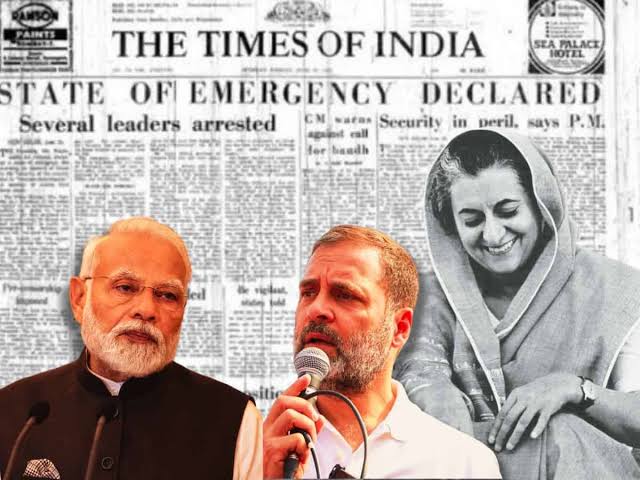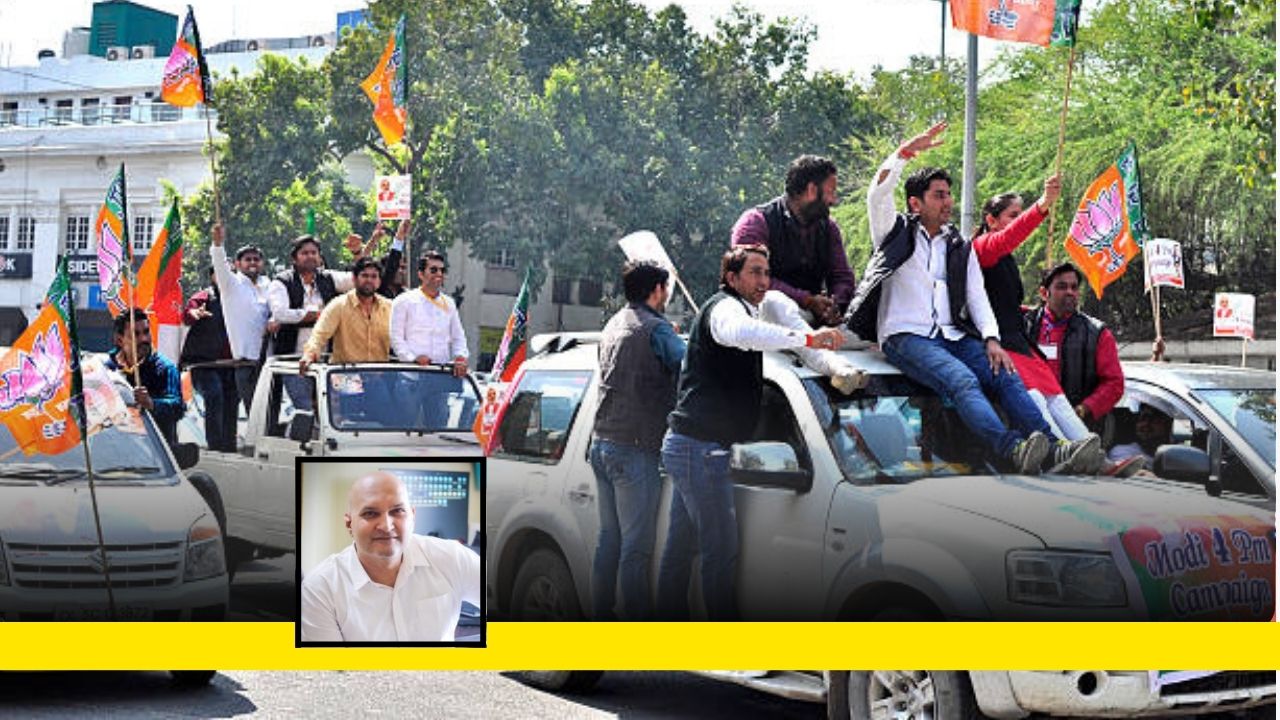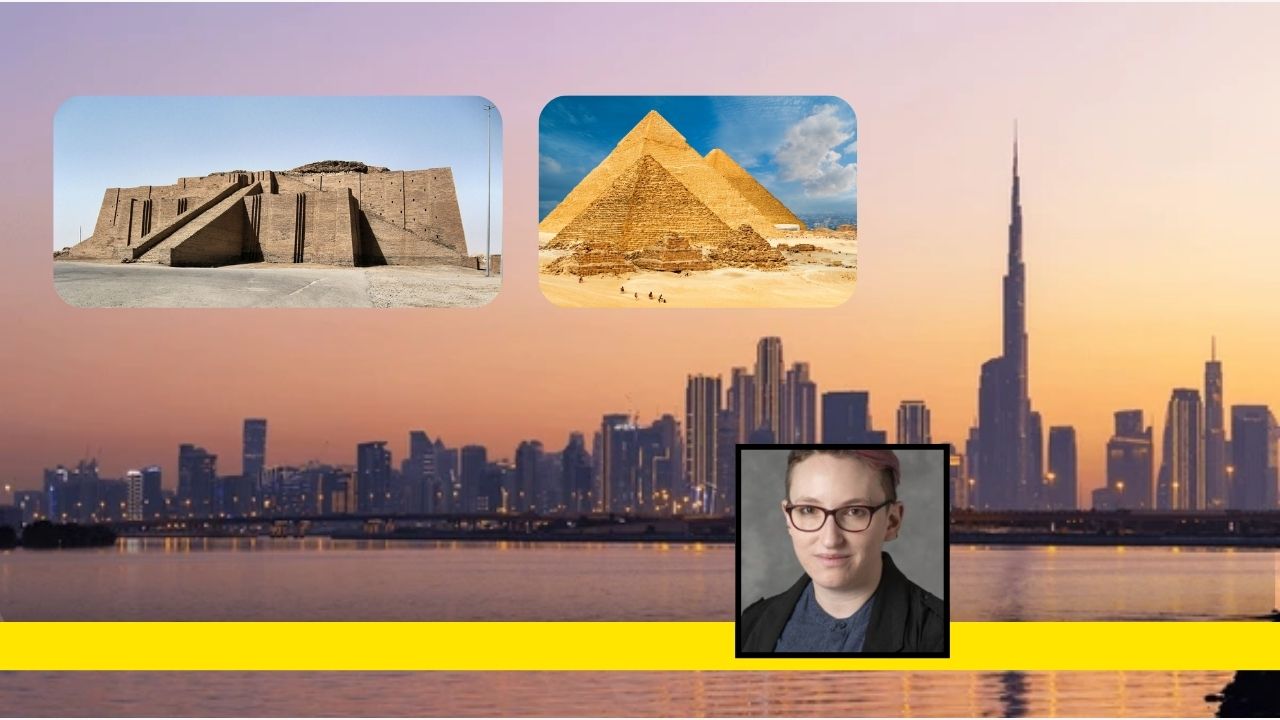L2: EMPURAAN – The Film that Went Over the Heads of Every Single Movie Reviewer in India!
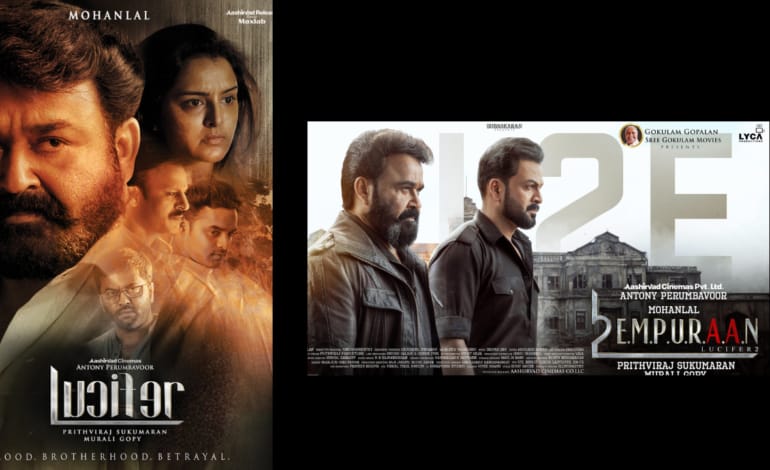
When L2: Empuraan hit theatres, it wasn’t just another sequel—it was a cinematic dare. Amid soaring expectations and political tremors, it exploded onto screens with Hollywood-scale ambition and a Malayalam soul. Yet, as critics fumbled with familiar yardsticks, they missed the real story: a film that broke form, shattered ceilings, and redefined what Indian cinema could dream. This piece isn’t a review, it’s a reckoning with what Empuraan truly achieved while the nation wasn’t looking.
From Bharadwaj Rangan and Anupama Chopra to Ashwanth Kok. From print and online media all the way to television. This is what every single movie reviewer in India has utterly failed to see, recognise, and truly appreciate— the production value masterclass that is L2 Empuraan.
Welcomed with great fanfare breaking pre-booking records, crashing online ticket booking platforms and mired in nationwide controversy since its release, L2 Empuraan has managed to make history as the highest grossing Malayalam film of all time by now entering into the third week and final stretch of its theatrical run. Empuraan is without doubt the most ambitious and costly endeavour the Malayalam film industry has ever undertaken. Rumoured to have an astronomical budget of approximately 150 to 180 crores the film’s historical theatrical collection has probably not even allowed the producers to break even as of yet. So clearly, this is not a film that was made with profit as the sole motive, as it would have been much safer to tell the same story on a much smaller scale for perhaps half the budget. So why did the producers of L2 Empuraan undertake this huge risk, this gamble of a business decision? Why and how did they dare dream a dream that was once considered impossible for a small regional film industry like ours? The answer lies in the question itself. This is Prithviraj Sukumaran and Mohanlal’s attempt to take Malayalam cinema to the world stage. This film is the Malayalam film industry’s attempt to break its own perceived barriers in the scale and quality of what was once its tiny canvas. And that is exactly what the entire team of brilliant technicians and filmmakers behind L2 has managed to achieve.
Speaking as a lifelong cinephile and a formally trained filmmaker, the first thing any film reviewer in India worth their salt should have mentioned after watching L2 is its incredibly lush production quality and aesthetic richness. The film simply does not look like your average Malayalam or for that matter Indian commercial film. It instead has the look, feel and finish of a true Hollywood blockbuster. Prithviraj Sukumaran’s vision as a director has not only managed to attain an internationally competent level of technical mastery within all the various departments of the film but also a visual language and film grammar that is more in line with a mainstream Hollywood production rather than your average hero worshiping, star centric narrative formula that is familiar to the Indian audiences. There has never been an Indian film let alone a Malayalam film that has managed to achieve such a feat.

At the heart of the world class craftsmanship displayed in Empuraan is the direction of Prithviraj, the sensational cinematography of Sujith Vasudev, the masterful editing of Akhilesh Mohan and the textured and electrifying sound design by M.R Rajakrishnan. The commanding power and opulence of their collective creative vision has transformed what was initially expected to be an average sequel to a superstar spectacle like Lucifer to something that is a globe spanning tour de force in the technical mastery of the art and science of cinema. It is certainly their confidence in their own skill set and their faith in the quality of each other’s craft that has allowed this core team to tackle a story told in the largest possible scale within a rather small and regional Malayalam film industry. A story that is as big in scope in terms of geography as the mainstream films made in Hollywood usually are. Spanning almost every corner of the globe with key plot points taking place in Turkey, London, Yemen, Iraq, Senegal and China.
What the team behind Empuraan has pulled off was once simply unimaginable for a filmmaker in Kerala to dream about. The possibility of such a dream in the future being seen as an attainable reality for Malayalam filmmakers is what Empuraan set out to achieve. That is very clearly the whole existential purpose and fundamental goal of this project. That’s the key reason why the superstars of the film, Mohanlal and Prithviraj have invested the entirety of their salary or payment back into covering the production cost of this film. And this labour of love or passion project of the dynamic duo that is Mohanlal and Prithviraj has certainly paid off for the Malayalam film industry. While Empuraan might not make the producers including Mohanlal a huge profit, thanks to the success of the film there will certainly not be a huge loss. With the sale of ott and television rights the film might just become profitable enough and fans will in all likelihood get to see the third installment promised at the end of Empuraan, L3: Azrael.
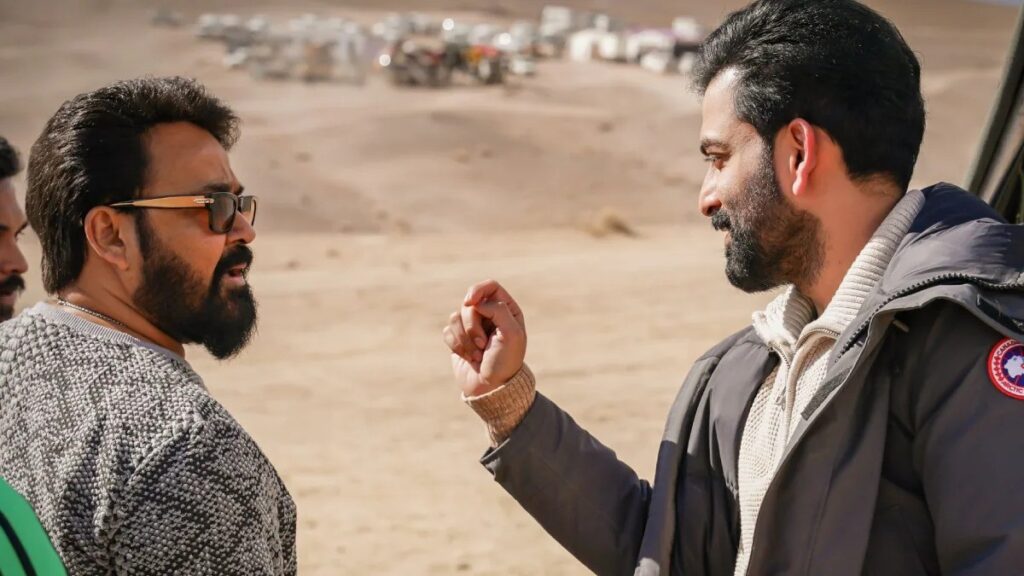
Outside of the core technical departments mentioned above, the one facet of the film that deserves special mention and praise for elevating Empuraan to an elite level of cinematic quality and Hollywood-esque lustre is the visual effects or VFX team. From the dramatic opening title sequence that depicts the Godhra train burning, the subtle atmospheric elements within scenes, effects of fires and explosions all the way to how the logo or title of the film is presented, the detailing and textured nature of the VFX is just world class. It is on par with Hollywood, where VFX doesn’t even feel like VFX.
The ending credit sequence that sets up and teases the next installment in the franchise L3: Azrael is a pure joy to witness. It is incredibly stylish, aesthetically pleasing and just fascinates the viewer by creating anticipation for the final showdown between the Kureshi Abraham nexus and the Shen Triad that will unfold in the upcoming sequels. There is one particular VFX shot that was again one of those moments that left me in disbelief that I was watching a Malayalam film. This was a shot of a Chinese satellite hovering above nighttime India. These types of shots are extremely common and practically throwaways in a Hollywood film with a budget of thousand crores or above. But to see a gorgeous VFX shot like that with such amazing visual perfection in Empuraan was just so awe inspiring to me as a viewer. The entire VFX team and all the technicians and artists who worked on the film deserve recognition for their contribution to elevating Indian cinema to a world standard.
The sensational technical prowess that L2 Empuraan has put on display in glorious fashion more than compensates for any narrative flaws the film possesses. Achieving production value on par with a 1000 crore budget Hollywood film for a rather small budget of 150 crores is very impressive and quite a historic achievement for an Indian film, especially a Malayalam film. It is also quite impressive that a Malayalam film like Empuraan managed to rope in international actors such as Jerome Flynn, who was part of the world famous show “Game of Thrones” and Rick Yune, who was part of major Hollywood films like “The Fast and the Furious” and the James Bond flick “Die Another Day”. The fact that Rick Yune will act opposite Mohanlal as the Chinese villain in the upcoming sequels is truly an exciting thought.

Yes, the film is a Zayed Masood spin off rather than a full on direct Lucifer sequel. Yes, Lucifer had more for the legendary actor Mohanlal to do compared to Empuraan. But it’s worth remembering that in Lucifer Mohanlal played Stephen Nedumpally, a vulnerable human being, but here he is Kureshi Abraham, a man who is practically an untouchable God. I can see how viewers and critics who went in expecting a direct Lucifer sequel might be disappointed. Sure, Lucifer was a more poignant and emotional story and screenplay. But the writer Murali Gopi is busy world-building here for the upcoming sequels. He is juggling a nonlinear narrative spanning across continents and various timelines. So, it would be safe to assume that after L3, the critics and audiences will look back at Empuraan with a kinder view of Murali Gopi’s writing, which remains impressive and neat considering the huge scale of the narrative he was handling.
The writer Murali Gopi also deserves credit for his social and political commentary. Especially the courage he displayed in taking such a bold stance and his ideological insight into the recent history and present of India and its political landscape. Unfortunately, Deepak Dev’s music was not met with the scale of appreciation it deserved. Songs such as the one in the opening credit sequence— a rework of the Empuraan song from the end credits of Lucifer— the song Fir Zinda used in the climax, the song Jungle Pwoli used in the epic fight scene, are all full of energy, zest and storytelling power and add so much impact to the these scenes. The song Azrael sung by Usha Uthup which is shown in the end credits scene was an incredibly stylish song. The electric guitar solo and the majestic vocals of Usha Uthup creates an almost operatic feeling about the upcoming war with the Shen Triad and manages to hype up the audience for L3: Azrael. Deepak Dev’s background score has come under fire from critics and audiences alike, which again feels unfair, as he added quite a lot of narrative oomph to the film throughout. This is again a matter of expectations for an emotional Lucifer sequel being met with the action revenge flick spin off that is Empuraan.
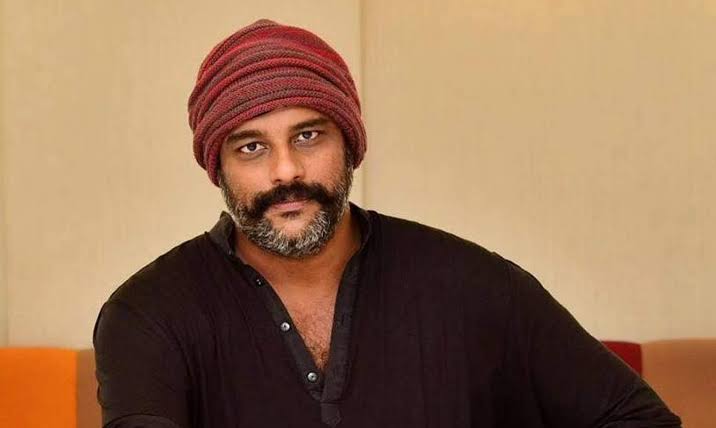
Another facet all the major reviewers have failed to point out and heap praises on Empuraan for is its politics. The film is a mainstream, superstar-studded project that has taken a seriously bold stance in the face of rising fascism and Hindutva agenda in the country. Empuraan courageously reminds us of and depicts the brutal realities of the 2002 Gujarat genocide and shows how the major figures involved in it went on to see great success in national politics— not only despite the pogrom, but because of it!
The film’s social and political commentary on secularism and the different relationships political parties have with that important concept is also explored. The viewers are yet to come across one major reviewer who has had the guts to say that Empuraan’s political and ideological stance is worthy of praise and that people should watch the film specifically due to it. Maybe it’s because the reviewers don’t want to alienate a big section of their viewers by taking a political stance themselves. Or maybe it’s symptomatic of the increasingly fascist, free-speech-curtailing, and fear-mongering atmosphere present in our nation.
Regardless, it is safe to say that even in the face of controversy, censorship, attack from RSS, and the mountainous responsibility of turning an unprecedented budget profitable, the overlord— the Empuraan that is Kureshi Abraham— stands tall and marches on.




